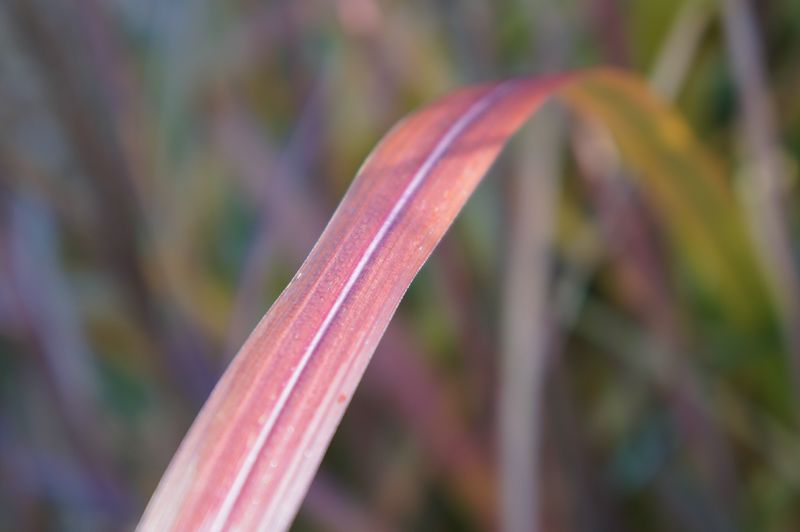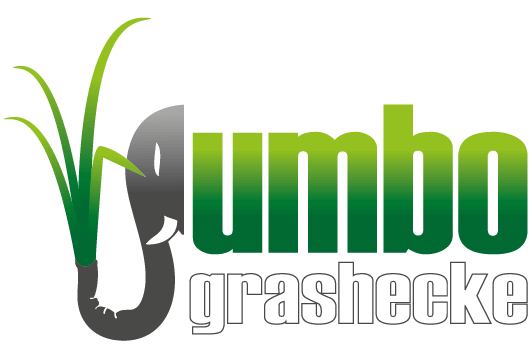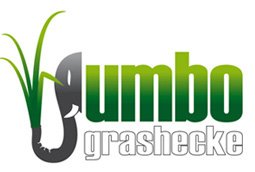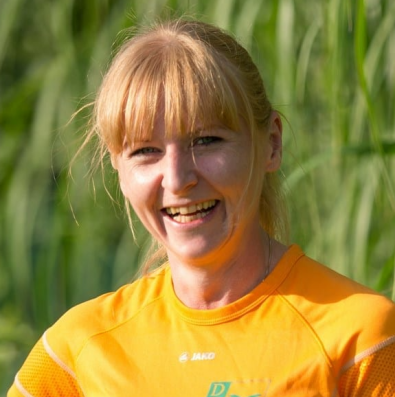Care of jumbo grass, autumn work
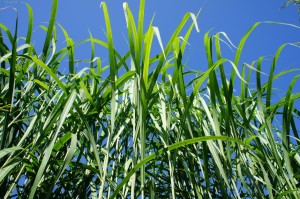
The Jumbo grass was the first choice in the search for an appealing and appropriate visual protection hedge.
This Miscanthus is not only growing wildly, but also it is a pleasant and gently sloping shade during the summer and autumn, and it is also a bizarre beauty during the particularly frosty days of winter.
The decision has been made but how is it going to continue?
The location of Miscanthus giganteus
A sunny location is in demand, but half-shaded would work too, but the Miscanthus grows not so dense and high. Here the soil was freed from the weeds, loosened and, if necessary, improved with some compost or natural fertilizer. No matter whether Miscanthus giganteus is used as a view protection or as a captured view, a good ground preparation and the correct location choice are very important.
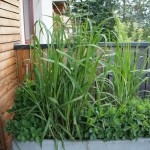
Our Jumbos love a well-fed, fine-pitched soil without stunts of water. Short dryness is tolerated but directly affects the growth. Of course, the grasses can also be planted in troughs or large pots. These should be at least 45x45cm wide and 50cm high and need a winter protection. Packing with jute, fleece or straw and the vessels on feet are usually enough. It is also very important that the troughs never dry out during the winter.
Weeding, irrigating
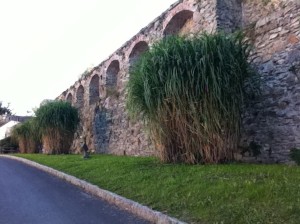
In the first two years after planting, the bed with the Miscanthus needs still regularly to be freed from weeds and irrigated if necessary. Thereafter, care is limited to the annual retreat. The jumbo grass in the troughs and pots need a little more attention. They are regularly irrigated. After a few years it is also possible to transform the plants into a larger vessel.
Fertilizing the jumbo grass hedges
Fertilizing is not necessary in the bed, but important in the pot or trough, otherwise the leaves turn yellow from below and fall off very soon. We recommend the use of organic long-term fertilizers so that the sensitive rhizomes do not burn, either universal fertilizer or ragout fertilizer. From the nutrient composition are possible.
How often do you need to fertilize?
Reasonable you should fertilize two times a year in June and October/November (rather later) or once a year in March, as soon as the ground is snow free.
Recession from the Miscanthus
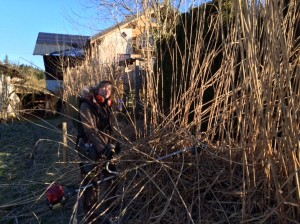
The jumbo hedge is normally cut in winter from December to March. As soon as the leaves fall and the straws are brown, in time before the trimming can go. This is important; otherwise the young tips are cut off. However, it is advisable to cut in snowy areas before the winter break since when the snow is long the Miscanthus already begin to drift. However: one cuts the Miscanthus before they have thrown off the leaves is a quite crap work. The grasses are heavier and the leaves have been lying around everywhere. As a measure of the depth of cut, a hand width (10cm) above the ground is taken. The best way to do this is with a well-cut hedge trimmer or a motor-driven hedge trimmer.
Sometimes it is advisable to bind the plants together before the winter because the grass is laid down in heavy wet snow. This is often the case in early winter. You are most likely to fall back on your personal experience, because in truth you cannot say if it is necessary or not.
If I have forgotten something important here, or if there are other questions, do not hesitate to contact us!
Stefi Wassermann
